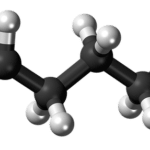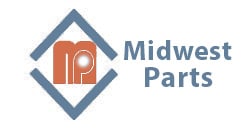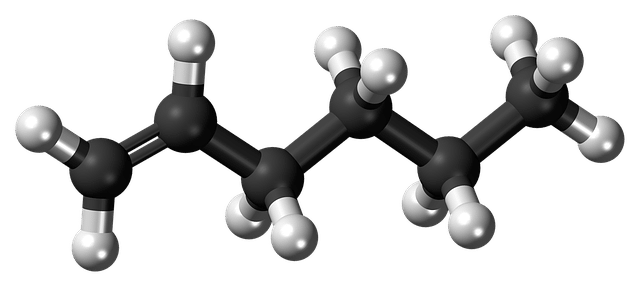 Everyone was seeking measures to safeguard workers, consumers, renters, and students when the epidemic began. With bipolar ionization, air may be disinfected fast. It was referred to be a secret weapon’ in the fight against COVID.
Everyone was seeking measures to safeguard workers, consumers, renters, and students when the epidemic began. With bipolar ionization, air may be disinfected fast. It was referred to be a secret weapon’ in the fight against COVID.
However, a federal lawsuit has been brought against a bipolar ionization technology manufacturer. Air ionization hasn’t proven considerable disinfection efficiency, according to Boeing research cited in the case. Claims of “air pollution” have been made in the case against bipolar ionization goods.
After several companies began using bipolar ionization to battle the SARS-CoV-2 virus, Boeing’s work and the lawsuit were made public.
Despite the case being just against one business, doubts and concerns regarding the safety of ionization technology remain. Discuss the merits and downsides of bipolar ionization, as well as various methods for properly disinfecting the air in our buildings.
What is bipolar ionization?
It is called needlepoint bi-polar ionization because it produces both positively and negatively charged particles. HVAC systems and portable air cleaners are typical applications for this technology.
Ions are released into the atmosphere through ionization products. As they travel through filters, the ions join with airborne particles to form more significant clusters that can be more readily filtered out. Depending on the manufacturer, there is the possibility for ionization from bipolar ionization goods as well.
 In light of the lack of study into how ionization works in the real world, the EPA believes there is insufficient evidence to support the safety and efficacy of these items.
In light of the lack of study into how ionization works in the real world, the EPA believes there is insufficient evidence to support the safety and efficacy of these items.
The manufacturer should document a product’s ability to eliminate pathogens from the air or surface. According to the CDC, products may be entirely useless to be very successful when it comes to air purification. Ask for test results and information on possible risks, such as exposing tenants.
Bipolar ionization may be used in your existing air disinfection product; check the label to be sure or ask the manufacturer if you’re uncertain.
Advantages to bipolar ionization
- Several benefits come with using bipolar ionization technology, including the ones listed below:
- Depending on the manufacturer and use, it may be effective against airborne viruses and germs.
- Depending on the manufacturer and use, it may be effective against viruses and germs on surfaces.
- The healthcare industry has long employed ionization, even though it is still considered a new technology.
Disadvantages to ionization
The ionization technique has a lot of disadvantages, according to ASHRAE guidelines:
- An absence of scientific evidence to back up disinfection claims
- Depending on the manufacturer, systems may release significant quantities of ozone.
- Airborne particles, such as viruses and bacteria, may be reduced by inefficient or adequate systems.
- In addition, people may be exposed to ions or other compounds that are discharged into the air.
What to look for when considering Bipolar Ionization products
If you’re considering purchasing any new technology, including bipolar ionization items, the Centers for Disease Control and Prevention (CDC) advises you to complete your due diligence.
However, what exactly should you be on the lookout for?
The following are a few ideas to get you started:
 Product information that potentially affects people’s health and safety in the space or exacerbates pre-existing health issues should be collected.
Product information that potentially affects people’s health and safety in the space or exacerbates pre-existing health issues should be collected.- Additionally, several third-party sources are included in the data set.
- More than a dozen lawsuits against manufacturers have been or are pending.
- This should be a warning signal if there are just a few case studies, unsupported claims, or studies without baseline data to illustrate how beneficial the technology is.
- Ensure that equipment is certified to fulfill UL 867 or UL 2998 standards for ozone emissions.

